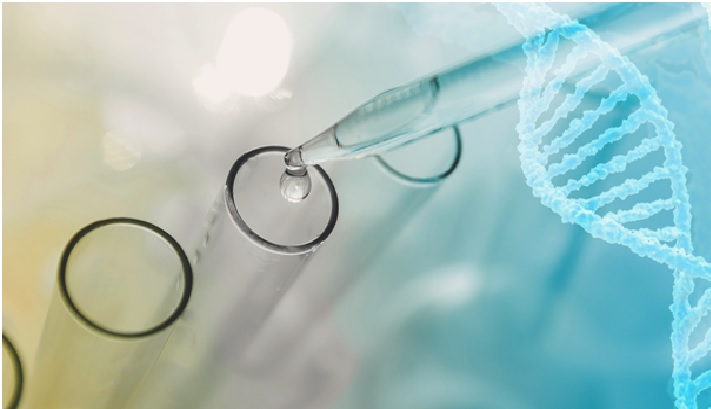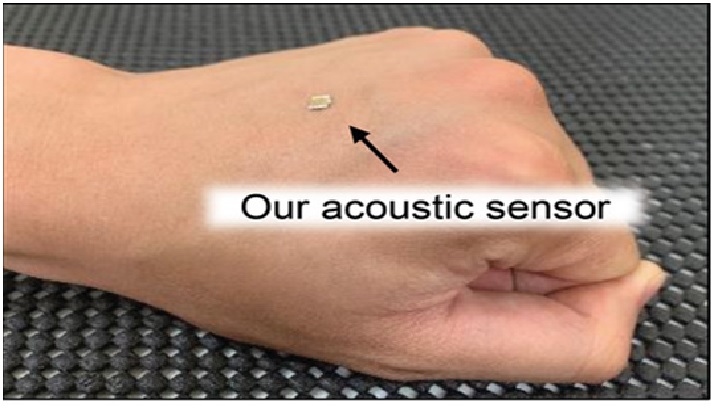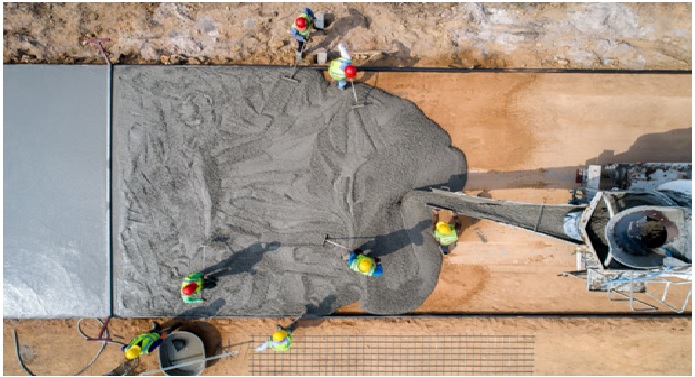An Overview of Whole-Genome Sequencing (WGS)
Whole-genome sequencing (WGS) is a comprehensive method for analysing entire genomes. Genomic information has been instrumental in identifying inherited disorders, characterizing the mutations that drive cancer progression, and tracking disease outbreaks. [1] Rapidly dropping sequencing costs and the ability to produce large volumes of data with today’s sequencers make whole-genome sequencing a powerful tool for genomics research.

Figure 1: The process of Whole-genome sequencing (WGS) [2]
While this method is commonly associated with sequencing human genomes, the scalable, flexible nature of next-generation sequencing (NGS) technology makes it equally useful for sequencing any species, such as agriculturally important livestock, plants, or disease-related microbes. The process of Whole-genome sequencing (WGS) is shown in figure 1.
Scientists conduct [3] whole genome sequencing by following these four main steps:
Many known diseases can be diagnosed through the use of WGS. For children whose diseases have not been diagnosed, [4] WGS may offer the opportunity to discover a new genetic cause.Some unexplained conditions where WGS might uncover an underlying diagnosis include:
References:
- https://www.illumina.com/techniques/sequencing/dna-sequencing/whole-genome-sequencing.html
- https://www.biobasic-asia.com/whole-genome-sequencing/
- https://www.cdc.gov/pulsenet/pathogens/wgs.html
- https://www.yalemedicine.org/conditions/whole-genome-sequencing
Cite this article:
Vinotha D (2022), An Overview of Whole-Genome Sequencing (WGS), AnaTechMaz, pp.206















